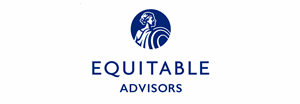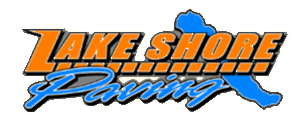excerpt from The Pittsburgh Pirates, All-Time All-Stars, The Best Players at Each Position for the Bucs
by David Finoli
Lyons Press
2020
Third Basemen
…At first glance, few thought Tommy Leach, a diminutive player at 5’6”, 150 pounds, would ever become one of the most special third basemen the franchise has ever produced. Coming over from Louisville with such Pirate luminaries as Honus Wagner and Fred Clarke when the Colonels were contracted following the 1899 season, Leach was one of the most important forces in leading the Bucs to four National League pennants and a World Series title in the first decade of the 20th century.
After taking over at third for Louisville in 1899, he was a utility player his first season with the Pirates before moving in at third in 1901 after Jimmy Williams jumped to Baltimore of the American League. He showed his worth hitting .305 that season. Because of his physical build, teams did not respect his power and played him shallow. Over the course of his career the move probably reduced his batting average, but it did help him with extra bases as he led the league in triples during the 1902 campaign with 22. Over his career he hit 172 triples currently the 23rd-highest mark in major-league history. Leach also won the NL home run title that same season with six, finishing in the top 10 in home runs on six occasions.
While he never his as high as .305 again in a Pittsburgh uniform, Leach was a solid, consistent hitter. He made history in the first World Series ever played with four triples. It’s a record that still stands over a century later.
Tragedy struck Leach following the 1908 campaign when he lost his wife to pneumonia, but he valiantly fought back through his grief to help lead Pittsburgh to their second Fall Classic in 1909. He hit a magnificent .360 in the series with a .949 OPS before being traded to the Cubs three years later with Lefty Leifield.
While his career appeared over after a subpar season with Cincinnati in 1915, the Bucs signed him to a contract in 1918 as many of the players in the majors were fighting for their country in World War I. At 40 years old Leach was nowhere near the player he had been, hitting only .194 in 72 at-bats.
His career ended at that point, so how does he rate in Pirate history? A great defender with a +174 FRAA in his Pirate career, Leach rated extremely well against the third baseman of his time in just about every major offensive category. He was better in home runs (42 vs. 24), RBIs (626 vs. 603), average (.271 vs. .260, OBA (.332 vs. 323), slugging (.372 vs. 335), and OPS (.704 vs. 658). It was an outstanding career that holds up very well against almost every third baseman in Pirates history.
Tommy Leach was a terrific hitter and dominant against the average third basemen of his era. He also was the best defensive player of the five finalists vying for the final two spots. The combination puts him right behind Pie Traynor on the second team. Madlock and Bonila are left battling for the final spot. Bonilla was the better offensive player but was erratic on defense. If choosing the better overall player, Bonilla would be the winner here, but the fact that two of his best seasons as a Pirate were in right field, including his best in 1990, makes this final call a razor thin one. Even without considering his final two seasons as a right fielder, Bonilla’s stats against the average third baseman and a .713 for all players. That, as well as the fact Madlock had weaker defensive statistics, gives the slight edge to Bonilla.
STARTING ALL-TIME PIRATE THIRD BASEMAN: PIE TRAYNOR
FIRST RESERVE: TOMMY LEACH
SECOND RESERVE: BOBBY BONILLA
The additional financial assistance of the community is critical to the success of the Chautauqua Sports Hall of Fame.
We gratefully acknowledge these individuals and organizations for their generous support.












